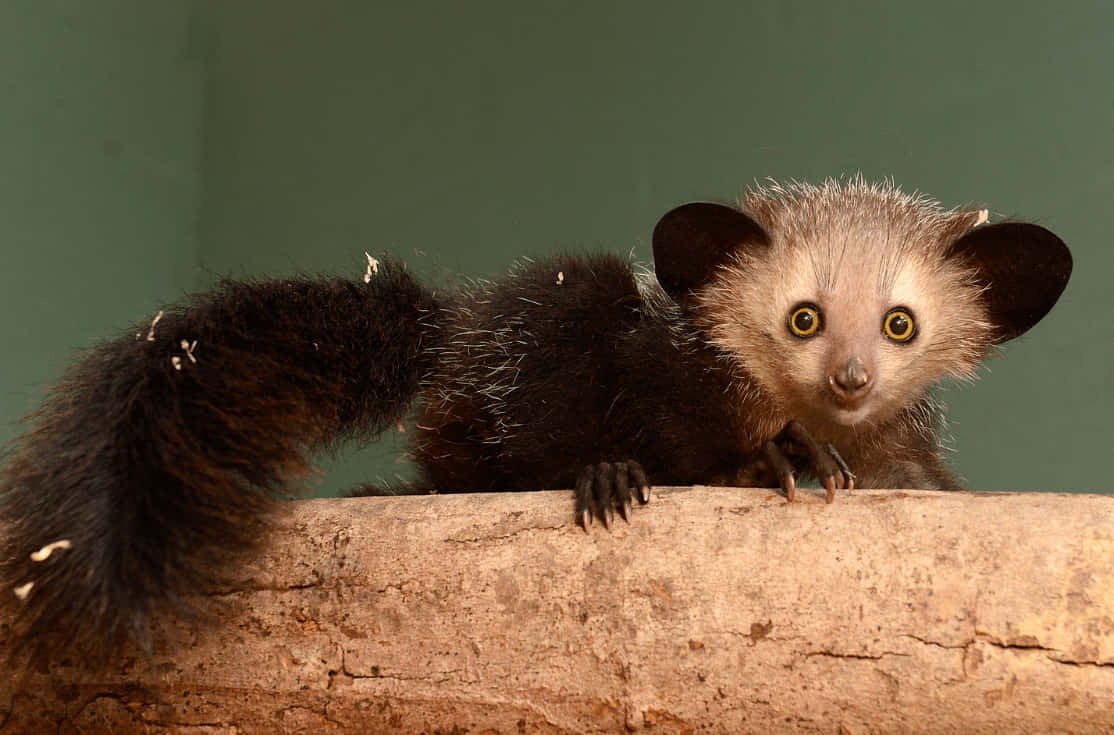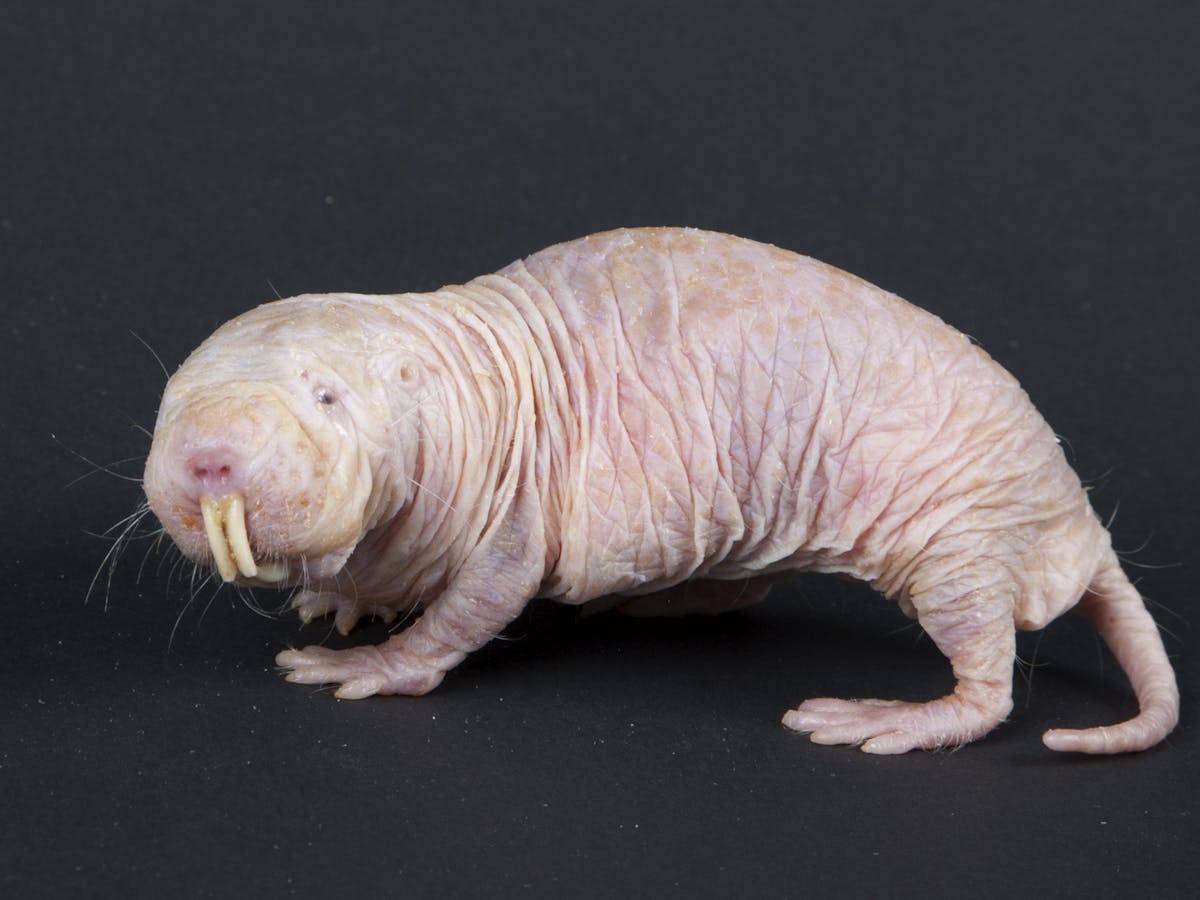Top 11 Strangest Creatures on Earth
Welcome back, fellaz! Today, we're diving deep into the mysterious world of bizarre creatures. From the depths of the ocean to the dense jungles, our planet is home to some truly strange beings. Join us as we count down the top 11 strangest creatures that will leave you in awe and wonder. Let's get started!




#1-Axolotl:
The axolotl, also known as the Mexican walking fish, is a truly remarkable creature. What sets it apart is its ability to retain juvenile features throughout its entire life, a phenomenon known as neoteny. With its cute external gills and delicate limbs, it appears perpetually in the larval stage. Not only does the axolotl look unique, but it also possesses an incredible superpower—regeneration. It can regrow lost body parts, including limbs, spinal cord, and even parts of its heart and brain. This remarkable regenerative ability has made the axolotl a subject of scientific research and holds promise for medical advancements in human tissue regeneration.
#2-Aye-aye:

Found only in Madagascar, the aye-aye is an incredibly unusual primate. Its appearance is both fascinating and slightly eerie. With large, round eyes, bushy black fur, and elongated fingers, the aye-aye's appearance can be quite unsettling. However, its bizarre features serve a purpose. The aye-aye's elongated middle finger is specialized for tapping on trees, listening for hollow cavities, and extracting insect larvae as a food source. This nocturnal primate's unique feeding behavior has earned it a reputation as a symbol of bad luck in Malagasy folklore, further adding to its enigmatic allure.
#3-Star-nosed mole:

The star-nosed mole, native to wetland areas of North America, is a creature that captures attention with its extraordinary nose. Adorning its face is a unique set of sensory appendages that resemble a star. This appendage is highly sensitive and consists of more than 25,000 minute sensory receptors called Eimer's organs. With this extraordinary organ, the star-nosed mole can detect and identify prey underwater with remarkable speed and accuracy. This enables it to catch small invertebrates such as worms, insects, and crustaceans in a fraction of a second, making it one of the fastest foragers in the animal kingdom.
#4-Naked mole rat:

The naked mole rat is a peculiar creature found in underground burrows in East Africa. Sporting hairless, wrinkled skin and protruding teeth, it may not win any beauty contests, but it possesses some extraordinary traits. One of its most fascinating features is its longevity. Naked mole rats have an exceptionally long lifespan for their size, with some individuals living up to 30 years. What's even more intriguing is their resistance to cancer. Unlike other mammals, they have a high level of a particular protein called p16 that suppresses the growth of tumors. In addition to their remarkable longevity, naked mole rats have a eusocial society, with a queen and worker caste, displaying intriguing social behaviors.
#5-Anglerfish:

The anglerfish, residing in the darkest depths of the ocean, is a master of disguise. Its most striking feature is the bioluminescent lure that dangles from its head like a fishing rod. This fleshy growth, called an esca, emits a glow that attracts unsuspecting prey. Once the prey is lured close enough, the anglerfish reveals its rows of sharp teeth and swiftly devours its meal. Another peculiar aspect of anglerfish biology is sexual dimorphism. The male anglerfish is significantly smaller than the female and has a unique adaptation. When he finds a female, he latches onto her body and fuses with her, becoming a permanent parasite. It's a truly strange and captivating example of coevolution.
#6-Mantis shrimp:

Don't be fooled by its small size; the mantis shrimp is a formidable predator that packs a powerful punch. With striking colors and intricate patterns, these crustaceans are a visual delight. What truly sets them apart is their incredible punching ability. Their claws, known as dactyl clubs, can accelerate faster than a bullet, delivering blows with astonishing speed and force. This allows them to break open the shells of their prey or even shatter aquarium glass in captivity. With some species possessing up to 16 color receptors, they also have one of the most complex visual systems in the animal kingdom. The mantis shrimp is a true marvel of nature's engineering.
#7-Red-lipped batfish:

Found in the waters surrounding the Galapagos Islands, the red-lipped batfish is a fish like no other. As the name suggests, this peculiar creature has bright red, lipstick-like lips that give it an almost comical appearance. Its unique adaptation doesn't end there—the red-lipped batfish has specially adapted pectoral fins that resemble legs. These modified fins allow it to "walk" along the ocean floor rather than swimming. While it may not be the most graceful swimmer, it has developed a unique way to navigate its environment. The red-lipped batfish serves as a reminder of the incredible diversity found within the underwater world.
#8-Saiga antelope:

The saiga antelope, with its tubular nose and distinctively curved horns, is an unusual-looking creature that inhabits the vast grasslands of Central Asia. The saiga's nose is a remarkable adaptation that helps filter out dust and regulate its body temperature in extreme environments. Unfortunately, this magnificent species is critically endangered due to a combination of factors, including habitat loss and illegal hunting. Conservation efforts are underway to protect and preserve the saiga antelope, as its unique appearance and ecological role make it an integral part of the Eurasian steppe ecosystem.
#9-Yeti crab:

Deep in the darkness of the ocean, near hydrothermal vents, resides the yeti crab. Discovered relatively recently, this crustacean immediately captivated scientists with its remarkable appearance. Its arms are covered in dense, hair-like bristles, which give it a fluffy, "yeti-like" appearance. These bristles are actually home to bacteria that the crab farms for nutrition, creating a symbiotic relationship. Adapted to the extreme conditions of the deep sea, the yeti crab thrives in an environment characterized by high pressures and near-boiling temperatures. Its unique adaptations have made it a subject of great interest for researchers studying deep-sea ecosystems.
#10-Pink fairy armadillo:

The pink fairy armadillo, native to the dry regions of Argentina, is a tiny, enigmatic creature that looks like it's straight out of a fairytale. It is the smallest species of armadillo, measuring around 4-5 inches long. Its delicate, rosy-colored shell and soft, velvety fur make it one of the most adorable and peculiar mammals. Living mostly underground, it is an excellent digger, using its powerful claws to burrow into the sand. The pink fairy armadillo possesses a number of unique adaptations for its subterranean lifestyle, including a specialized respiratory system that allows it to breathe in low-oxygen environments. It's a true gem of the animal kingdom, albeit a highly elusive one.
#11-Blue dragon sea slug:
:max_bytes(150000):strip_icc()/blue-dragon--glaucus-atlanticus--blue-sea-slug-986491702-f0cb140dd639453e8a2d8c56637dce73.jpg)
The blue dragon sea slug, also known as Glaucus atlanticus, is a small but visually stunning creature found in oceans around the world. Despite its diminutive size, this slug packs a powerful punch. It feeds on venomous jellyfish and absorbs their stinging cells, repurposing them for its own defense. The blue dragon's vibrant blue coloration serves as a warning sign to potential predators, indicating that it possesses a toxic payload. Its striking appearance and unique adaptations have earned it a reputation as one of the most fascinating and beautiful creatures in the marine realm.

Comments
Post a Comment